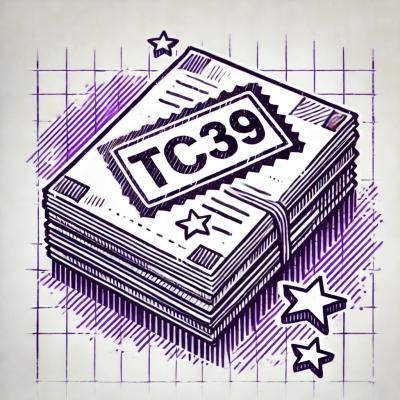
Starter for a Gatsby Plugin
A minimal boilerplate for the essential files Gatsby looks for in a plugin.
🚀 Quick start
To get started creating a new plugin, you can follow these steps:
- Initialize a new plugin from the starter with
gatsby new
gatsby new my-plugin https://github.com/gatsbyjs/gatsby-starter-plugin
If you already have a Gatsby site, you can use it. Otherwise, you can create a new Gatsby site to test your plugin.
Your directory structure will look similar to this:
/my-gatsby-site
├── gatsby-config.js
└── /src
└── /pages
└── /index.js
/my-plugin
├── gatsby-browser.js
├── gatsby-node.js
├── gatsby-ssr.js
├── index.js
├── package.json
└── README.md
With my-gatsby-site being your Gatsby site, and my-plugin being your plugin. You could also include the plugin in your site's plugins folder.
- Include the plugin in a Gatsby site
Inside of the gatsby-config.js file of your site (in this case, my-gatsby-site), include the plugin in the plugins array:
module.exports = {
plugins: [
require.resolve(`../my-plugin`),
],
}
The line require.resolve('../my-plugin') is what accesses the plugin based on its filepath on your computer, and adds it as a plugin when Gatsby runs.
You can use this method to test and develop your plugin before you publish it to a package registry like npm. Once published, you would instead install it and add the plugin name to the array. You can read about other ways to connect your plugin to your site including using npm link or yarn workspaces in the doc on creating local plugins.
- Verify the plugin was added correctly
The plugin added by the starter implements a single Gatsby API in the gatsby-node that logs a message to the console. When you run gatsby develop or gatsby build in the site that implements your plugin, you should see this message.
You can verify your plugin was added to your site correctly by running gatsby develop for the site.
You should now see a message logged to the console in the preinit phase of the Gatsby build process:
$ gatsby develop
success open and validate gatsby-configs - 0.033s
success load plugins - 0.074s
Loaded gatsby-starter-plugin
success onPreInit - 0.016s
...
- Rename the plugin in the
package.json
When you clone the site, the information in the package.json will need to be updated. Name your plugin based off of Gatsby's conventions for naming plugins.
🧐 What's inside?
This starter generates the files Gatsby looks for in plugins.
/my-plugin
├── .gitignore
├── gatsby-browser.js
├── gatsby-node.js
├── gatsby-ssr.js
├── index.js
├── LICENSE
├── package.json
└── README.md
.gitignore: This file tells git which files it should not track / not maintain a version history for.gatsby-browser.js: This file is where Gatsby expects to find any usage of the Gatsby browser APIs (if any). These allow customization/extension of default Gatsby settings affecting the browser.gatsby-node.js: This file is where Gatsby expects to find any usage of the Gatsby Node APIs (if any). These allow customization/extension of default Gatsby settings affecting pieces of the site build process.gatsby-ssr.js: This file is where Gatsby expects to find any usage of the Gatsby server-side rendering APIs (if any). These allow customization of default Gatsby settings affecting server-side rendering.index.js: A file that will be loaded by default when the plugin is required by another application. You can adjust what file is used by updating the main field of the package.json.LICENSE: This plugin starter is licensed under the 0BSD license. This means that you can see this file as a placeholder and replace it with your own license.package.json: A manifest file for Node.js projects, which includes things like metadata (the plugin's name, author, etc). This manifest is how npm knows which packages to install for your project.README.md: A text file containing useful reference information about your plugin.
🎓 Learning Gatsby
If you're looking for more guidance on plugins, how they work, or what their role is in the Gatsby ecosystem, check out some of these resources:



